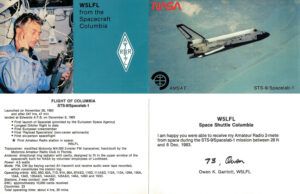
To find the earliest recorded amateur radio in an aircraft, we have go back to 1912 when Lieutenant B.T. James (RAF) strapped a pair of wooden laundry pins with thumbtacks to his leg and gave the first reported Morse code contact to earth stations about his flight. It had to be amateur radio at the time since there was no provision for aeronautical radio in the federal regulations.
Matter of fact, there were no regulations for “amateur” radio at the time, so we have two federal violations at the same time that nobody really cared about. Fast forward to 2022 and you find a whole bunch of federal regulations about using an amateur radio in your aircraft.
Please, allow me an abbrvtn…In the 1900s, electronics was in its infancy. Railroads employed thousands of those newfangled Morse code operators to signal what train passed what station at what time in order to prevent a collision at one specific time down the line where the two tracks came together. Those professional operators were transmitting at speeds roughly equal to our text messages today: 50 to 60 words a minute (wpm). They considered the other radio services that only required 5 to 20 wpm like the amateur services to be “plugs” or “lids” or “ham-fisted” operators.
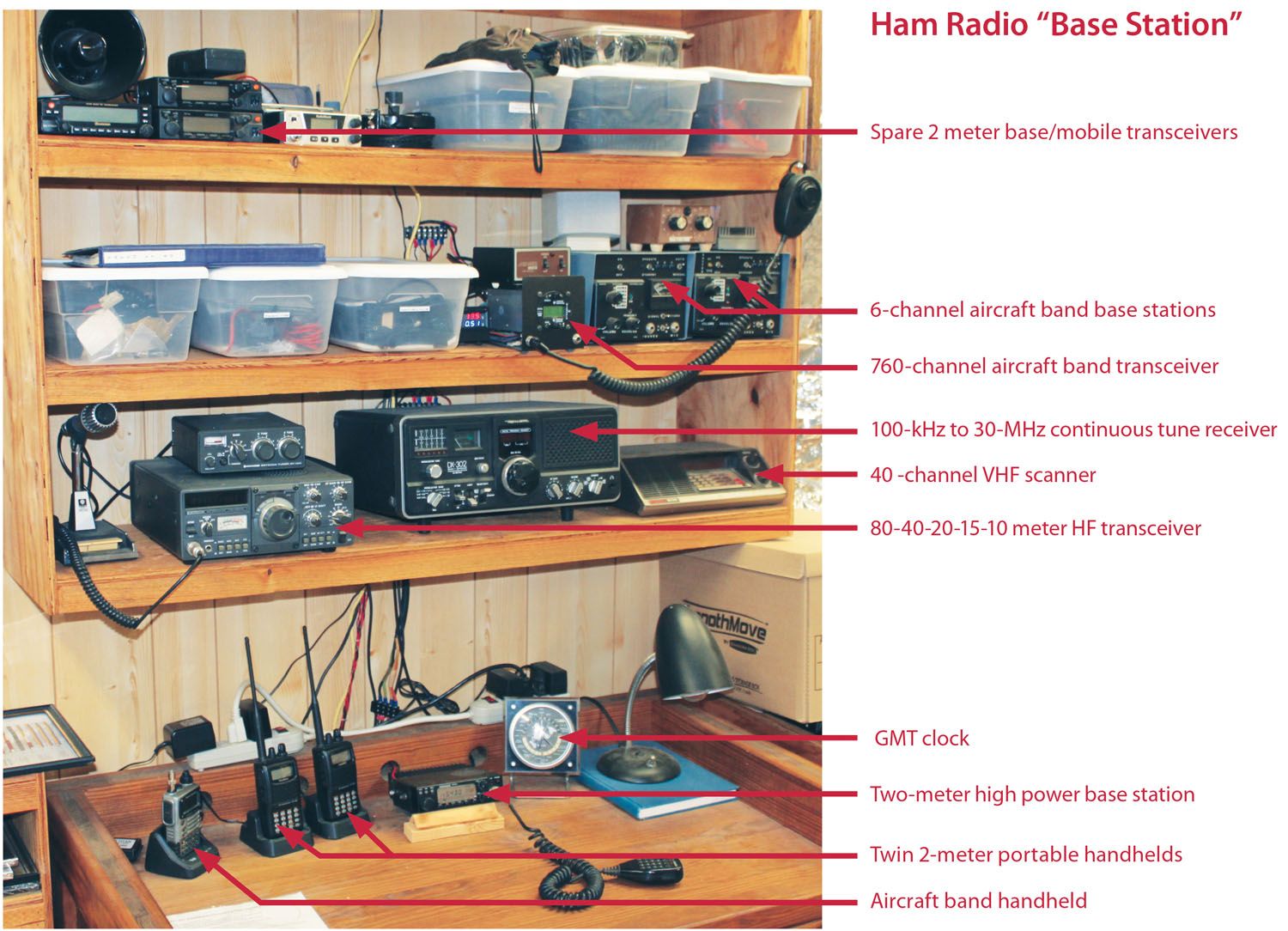
The term for an amateur radio operator “ham” was pejorative until the beginning of WW-II when hams by the tens of thousands became radio code operators and technicians who served with honor throughout the war.
Today “ham” is a particularly honorable title, and I claim that title from my first Novice licensing in grade school (1957) with call WN6BHI through my progression to the highest grade (Extra) with call WX6RST (weather 6, readability, signal strength, and tone).
But I digress on how to become a licensed ham and/or why to put a ham radio in your airplane.
It used to be true that you needed to pass both a Morse code exam and written exam to be a ham. No longer; written only. Ham written exams parallel pilot exams almost step for step.
Technician—Private
General—Commercial
Extra—Flight Instructor
The process is similar too: X number of questions with Y percentage to pass. How difficult are the questions? The youngest ham we have is a 5-year-old kindergartner; there are newspaper articles every year with first and second graders passing the exam. And just like the pilot writtens, there are a lot of websites out there that will “prep” you for the exams without a lot of hassle. The best in my opinion is hamstudy.org. It is free, it uses the best teaching methods and it’s the one I use for my students. And, as of last year, you can take the exam from the comfort of your own home computer. The FCC fee for the ham license is $0, but the exam organization can charge $10–$20 for their actual costs (printing, postage, etc.). I can sit here in Northern California with one of the two organizations I am an examiner for (GLAARG in Los Angeles and ARRL in Connecticut) and can legally examine you in East Undershirt, Ohio.
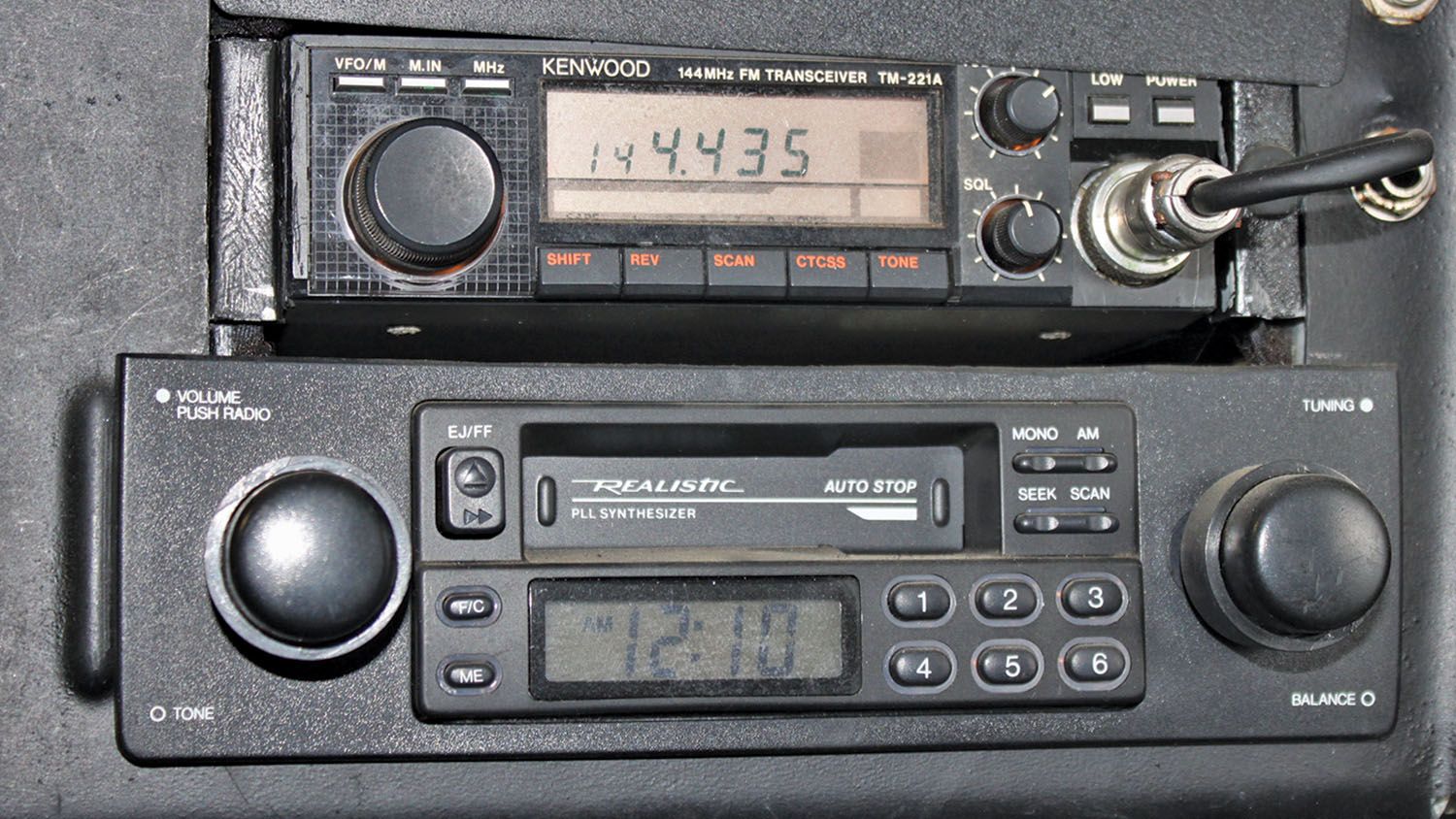
The ham license term is 10 years, renewable without any cost whatsoever. And you get to keep your call “license” from term to term. I traded in my grade school call (WB6BHI—the Big Hairy Indian) for WX6RST when I got my Extra license about 30 years ago.
So what is the big deal about putting a ham radio in my airplane? No big deal. It is simply a legal chatter frequency, sort of like the totally illegal 123.4 on the airplane radio, but legal and available to any citizen of the USA. You will find truck drivers, moms and dads, teachers, politicians (Barry Goldwater, K7UGA), actors (Marlon Brando, KE6PZH), almost every astronaut of the last 20 years, and just plain-old folks that get a real kick out of chatting with an “aeronautical mobile” passing around their neighborhood on the bands.
Speaking of which, your aeronautical “neighborhood” west of the Rockies consists of the state you are over plus half a dozen contiguous states. You are transmitting from a multi-thousand foot antenna tower. And the ability of talking to a truck driver going down I-80 in the middle of Nebraska from over Rawlins, Wyoming, asking advice for the best motel and chow hall in Grand Island, where you are going to spend your RON, is invaluable.
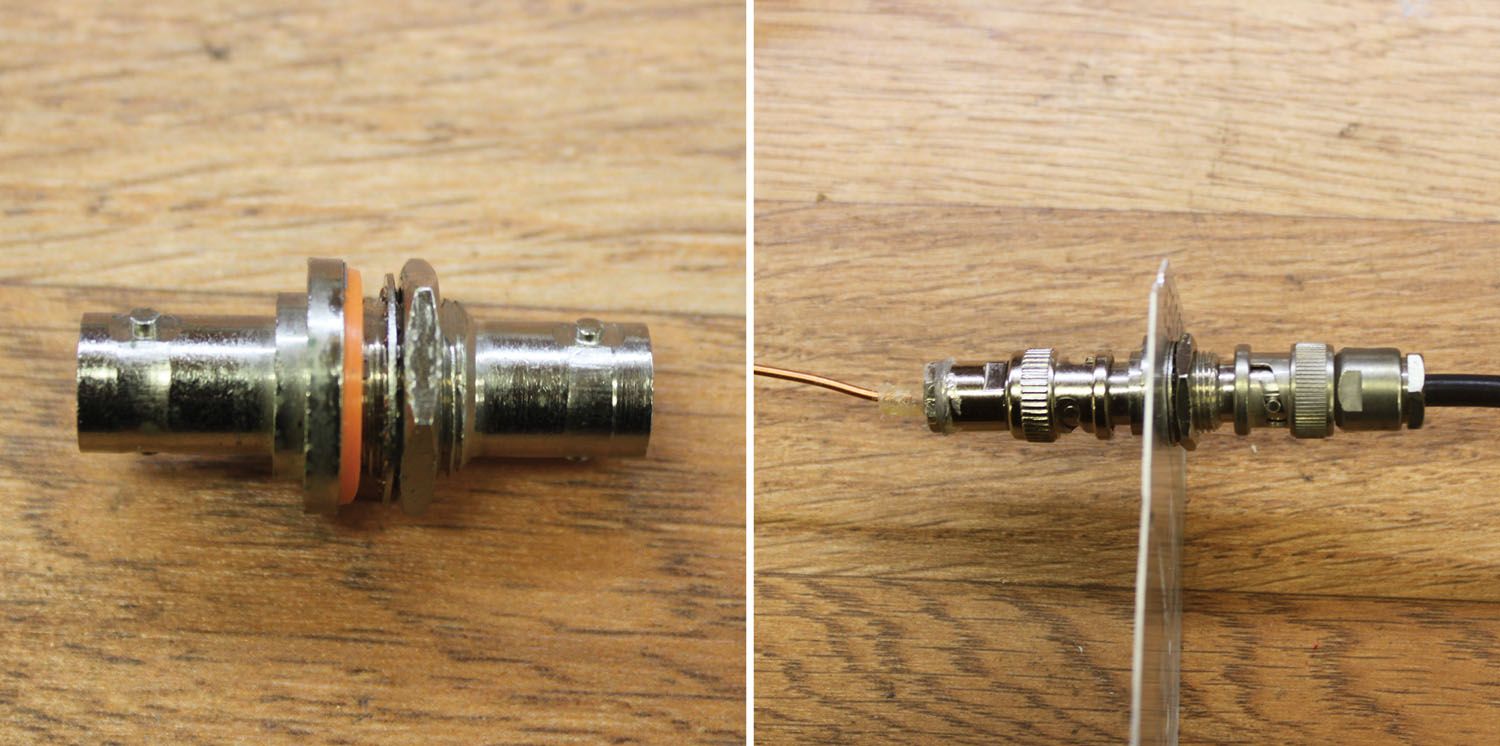
OK, I’ve convinced you that this might be a good idea. Here are a few tips and tricks you may find useful:
• Yes, it’s legal to put a ham radio “rig” (radio) in your airplane. FAA Advisory Circular 20-98 (difficult to find but not canceled) lists how to install “auxiliary” radios in aircraft.
• The FCC has provided amateurs with small “slices” of all frequencies from 135 kHz (way below the AM broadcast band) up to 247 GHz (just a bit below infrared light) because they want us to experiment with the best ways to use these parts of the electromagnetic spectrum. We can use them for any personal reason (within limits on stuff like obscenity) but not for any moneymaking use whatsoever.)
• They aren’t kidding about the moneymaking of any sort.
• In particular, the frequencies from 100 to 400 MHz, including the ham bands of 2 meters (144-148 MHz) and 3/4 meters (420-450 MHz), lend themselves to aeronautical mobile because (a) their antenna requirements are just a little smaller than an aircraft band antenna, (b) they are by far the more populated “chatter” frequencies of all of the ham bands and (c) they are well provided with “repeaters” that are located on high hills or tall towers that cover a large geographic area.
• As of a matter of practical fact, if you use the national calling “simplex” frequencies of 146.52 MHz (2 meters) or 446.000 MHz (3/4 meters), you will call up dozens of stations from states around you. Ham truckers use this frequency as well as ham folks who know the local “best spots” for your RON.
From a technical point of view:
• The audio output of an amateur band 2-meter/ ¾-band transceiver will more than drive an aircraft headset with no modification.
• You will have to provide some sort of interface between the aircraft microphone and the ham rig input. Aircraft put out about half a volt at 150-ohm impedance, and the ham rig wants between two and five millivolts at a couple of dozen ohms.
• You can hide 2-meter/ 3/4-band antennas on your aircraft in plastic wingtips or outside in a hole drilled in an inspection plate that will accept a BNC bulkhead connector.
Oh, QLF in the title? That is a ham abbreviation from a hundred or so “Q” signals that we invented during the time of no voice, only code. QTH? What is your location? QRZ? Who is calling me? QLF? A sort of funny call, it means literally “your code sending is defective.” In reality it means “Now try sending using your left foot.”

Winter has (finally) returned to Northern California, so I’ll get over to the hangar to get more data on the HOG program as rain and snow allow. I’m curious how the battery solar array is holding up the battery as the sun dips down below the equator. Last I saw (in early December) was that the battery was at 14.0 and holding after a day of gray sky and rain/snow.
Until then, 73, es, cul om (or) yl/yf…Stay tuned SK.
Translation from Morse code: (73) best wishes (es) and (cul) see you later, (om) old man [any male licensed ham radio licensee over the age of 4] or (yl) young lady, licensed or not, or (yf) wife.
If you are actually communicating with a favorite yl or yf, replace 73 (best wishes) with 88 (love and kisses). I am rather ashamed to admit it, but up until 30 years ago yf was actually xyl (ex-young lady). Sigh. SK means “silent key” or I’m done transmitting. When applied to a ham, it means he has gone to that great ham shack in the sky.

Illustrations: Jim and Cyndi Weir.




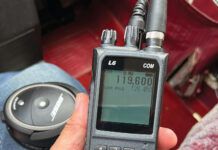
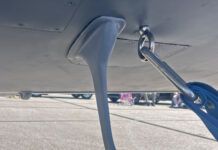



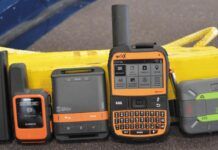
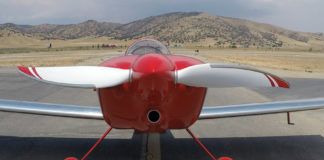
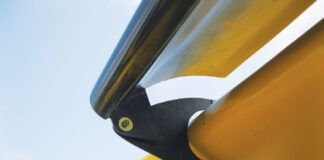
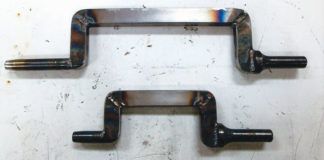
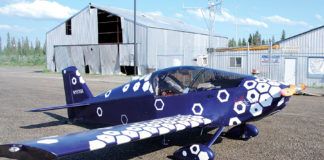
How does one find a copy of AC 20-98?
Supposedly, I say again SUPPOSEDLY, your local GADO/FSDO is supposed to keep a library of all active and prior ACs. I have an old dogeared copy in my files that I can send to you but right now I’m fighting a computer meltdown that leaves me nearly empty. If the GADO/FSDO) doesn’t have a copy in a month, give me a call back [email protected] and Ill see what I can do making a copy on my old paper copier. No promises.
Best wishes and thanks for reading —-
Jim
Jim, we may need to look to you to provide that. After spending time searching for AC 20-98 I found several reverences to it, but the actual document does not seem to exist anywhere (even on the FAA database). Looks like it was published on 5/23/1977.
You should update the part where a ham license is free. If I’m not mistaken it’s 30 dollars for 10 years. And every time you renew is 30.
So noted. Thanks,
Jim